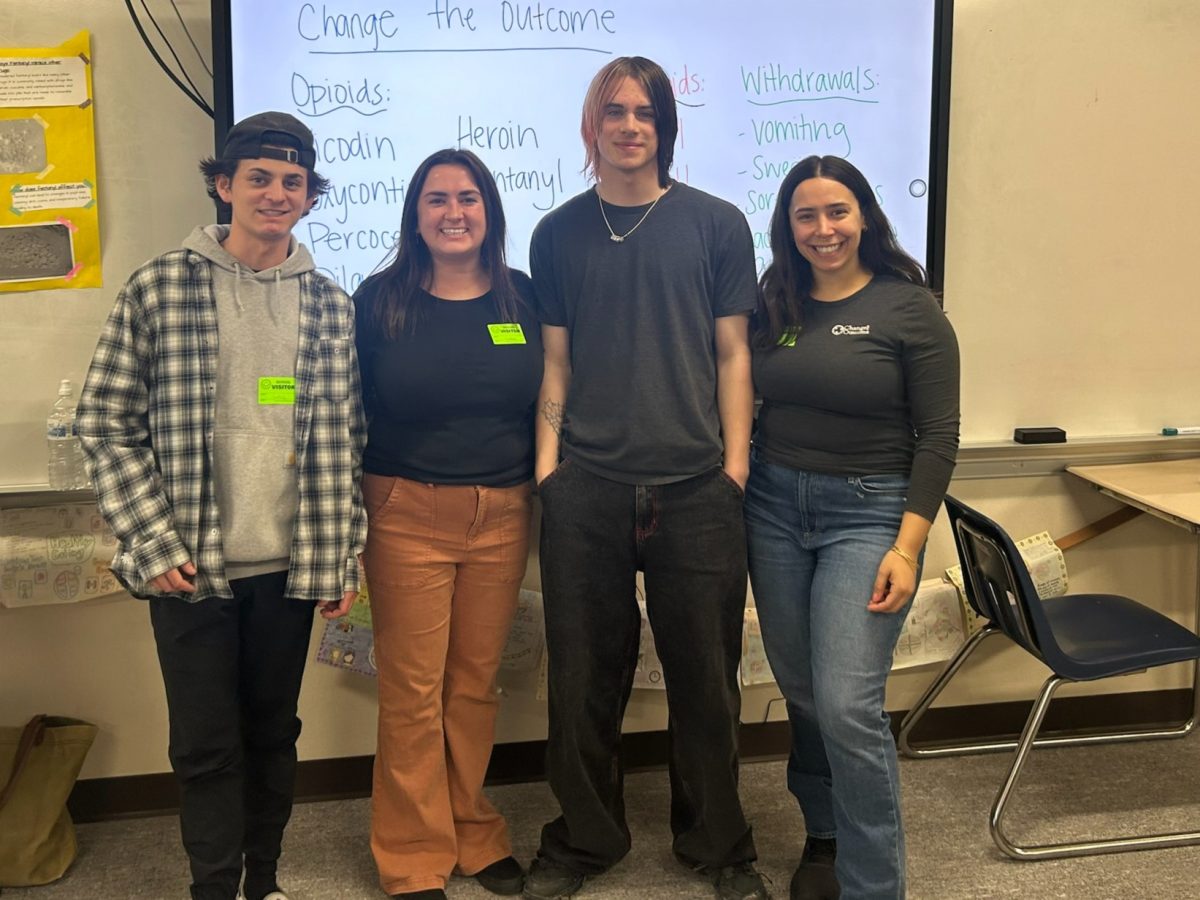The world’s strongest imaging magnet is on its way to the University of Minnesota after being delayed more than a year.
Come December, the Siemens MAGNETOM 10.5T will aid in brain research as part of the University’s new addition to the Medical School’s Center for Magnetic Resonance Research.
A global shortage of helium delayed the arrival of the magnet, which uses the element for cooling.
Researchers will use the magnet primarily for brain activity and human body imaging, said Kamil Ugurbil, CMRR director.
“Being able to image human brain function improves significantly with magnetic field,” he said.
The higher magnetic field will likely provide better imaging of the human body and extremities as well, he said, although they’re much trickier to work with in a high magnetic field.
Tested and constructed in England, the magnet is currently on its way to the University, Ugurbil said.
“It’s somewhere in the Atlantic right now,” he said.
Hospital imaging magnets typically have magnetic fields of 1.5 or 3 tesla — a unit of magnetic field strength. The University’s new magnet boasts a 10.5-tesla field, the highest in the world for an imaging magnet, Ugurbil said.
But its massive strength makes creating images difficult, he said. For the first five to 10 years, scientists will focus on using the magnet to develop the necessary technology to create successful images.
Ugurbil said the University has been a leader in research on using higher magnetic fields, developing technology for 4-tesla and 7-tesla magnets at times when there was skepticism that higher fields could be useful for imaging.
Many scientists and companies have shied away from the daunting task of developing high magnetic field imaging technology, he said, since the physics becomes extremely complex.
But Ugurbil said CMRR thought higher magnetic fields offered enough potential gains to make navigating murky waters worthwhile.
“We did that, and we were successful,” he said.
CMRR received an $8 million grant from the National Institutes of Health and millions from the University for the magnet project, Ugurbil said.
“CMRR is one of the [best], if not the leading lab in high magnetic field imaging, and certainly one of the leading labs in brain imaging,” he said.
Global helium shortage
Researchers need helium because it has the lowest melting point of any element.
Liquid helium cools the magnets, reducing the resistance through its coils and allowing them to reach superconductivity, which produces such large magnetic fields.
But until recently, a global shortage of helium kept the 40,000 liters the magnet needs out of reach, Ugurbil said.
The helium shortage situation is “a case of demand outstripping supply,” said Paul McGuire, a spokesman for the U.S. Department of the Interior’s Bureau of Land Management.Many devices like imaging magnets and microprocessors require helium, he said. Helium is extracted from natural gas reserves in a crude form, and demand has outpaced the available ways to capture and refine it.
The United States Federal Helium Reserve in Amarillo, Texas, provides about a third of the world’s helium, said John Hamak, a BLM lead general engineer for helium resources evaluation.
But the reserve’s supplies are dwindling, McGuire said, and the government is encouraging private industry to begin providing its own helium.
Ugurbil said he’s heard groups in the Middle East are beginning to liquefy helium, which will ease the shortage.
“It’s becoming less serious,” Ugurbil said.
















